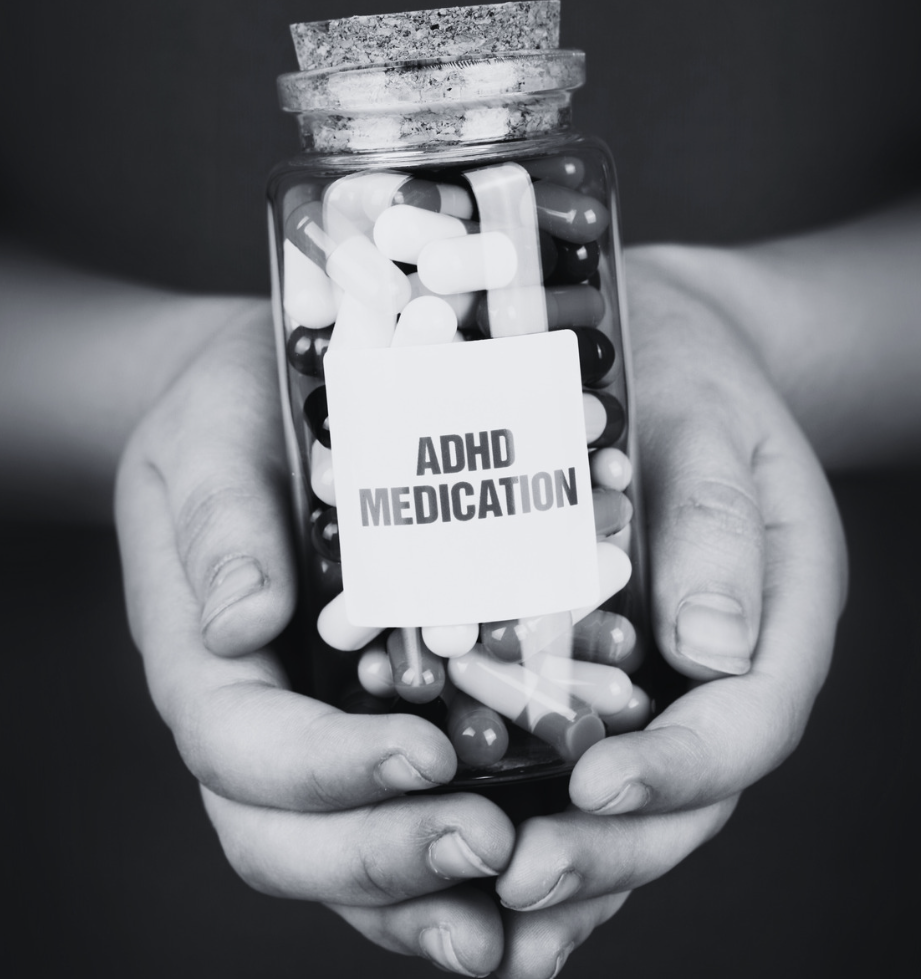Drugs and Medications
Adapting to Adderall: A Comprehensive Guide
Adderall is for the treatment of attention deficit hyperactivity disorder (ADHD), it is a stimulant that is available only with a doctor’s prescription and is widely used in both children and adults. Before beginning therapy with Adderall, it is essential to have a comprehensive understanding of the medication, including its dosage, potential adverse effects, and available treatment options. In this essay, we will examine the most significant aspects of Adderall, with a particular emphasis on the professional knowledge and research that comprise these aspects.

How Does Adderall Work in the Body?
Adderall is a combination of amphetamine and dextroamphetamine, both of which are stimulants that are found in the central nervous system. In order to accomplish their purpose, these substances increase the levels of dopamine and norepinephrine in the brain, which in turn activates parts of the brain that are responsible for self-regulation, motivation, and attention. The majority of people experience effects from Adderall that last between four and six hours, depending on the dose.

Adderall Dosage: Finding the Right Balance
Finding the right Adderall dose is critical for successful treatment. However, there is no “average” or “one-size-fits-all” Adderall dose. The medication’s reaction to each individual might differ depending on factors such as medical history, genetics, and co-existing diseases. It is critical to collaborate closely with a healthcare expert to identify the optimal dosage via a procedure known as titration.
Titration is starting with a low dose and progressively increasing it until the intended benefits are obtained while negative effects are minimized. The objective is to discover the lowest therapeutic dosage that relieves symptoms while having no severe side effects. Throughout this procedure, regular monitoring and open contact with the healthcare professional are critical.
Signs of an Ineffective Adderall Dosage
Recognizing the symptoms of an inadequate Adderall dose is critical for improving treatment success. Persistent symptoms of inattention, hyperactivity, and impulsivity, as well as a lack of improvement in everyday functioning, are prominent markers that the dosage is insufficient. It is critical to address any issues or lack of improvement with your healthcare practitioner in order to investigate potential dose modifications or alternative treatment alternatives.
Side Effects of Adderall
While Adderall can help with ADHD symptoms, it is crucial to be aware of the potential adverse effects. Loss of appetite, nausea, dry mouth, sleeplessness, and headaches are common adverse effects. More serious side effects, such as chest discomfort, high fever, hallucinations, or suicidal ideation, may necessitate emergency medical intervention. Long-term or high-dose Adderall usage can potentially cause development and circulation concerns, particularly in children and teenagers.

Non-Stimulant Treatment Options
Non-stimulant therapy alternatives are available for people who do not respond well to or want to avoid stimulant drugs like Adderall. Strattera and Intuniv, which function differently than stimulants, have been authorized for the treatment of ADHD. Furthermore, therapeutic techniques such as Cognitive Behavioral therapeutic (CBT) can assist individuals in learning skills and strategies for managing ADHD symptoms. Maintaining a schedule, reducing distractions, and participating in regular exercise are all examples of lifestyle adjustments that might be beneficial.
Responsible Use of Adderall
It is essential to use Adderall carefully in order to maximize its efficacy and limit potential hazards. It is critical to strictly adhere to the healthcare provider’s directions about dosage and frequency, never modifying or discontinuing medicine without first consulting them. Taking “holidays” from Adderall under medical supervision can help lessen tolerance and prevent dependency. Positive lifestyle modifications, such as keeping a regular sleep pattern, controlling stress, and avoiding interactions with drugs such as coffee and alcohol, can help to maximize Adderall’s advantages while limiting adverse effects.

Collaborating with Healthcare Professionals
Working collaboratively with healthcare providers is essential for utilizing Adderall safely and efficiently. It is critical to communicate openly and honestly about symptoms, concerns, and any potential side effects. Regular follow-up visits and monitoring are required, especially when starting or modifying drug dose. Healthcare specialists may advise you on how to include therapy and non-drug measures into your treatment plan, as well as address any long-term problems or larger doses. Individuals can maximize the advantages of Adderall while limiting risks by having a collaborative and trustworthy relationship with healthcare professionals.
Conclusion
Understanding Adderall and its various aspects, including dosage, side effects, and treatment options, is essential for individuals with ADHD and their healthcare providers. By working together, they can find the optimal dosage, monitor treatment effectiveness, and make informed decisions to ensure safe and effective use of Adderall. Responsible use, regular communication, and a comprehensive treatment approach that includes therapy and lifestyle strategies can help individuals manage their ADHD symptoms and improve their overall quality of life.


